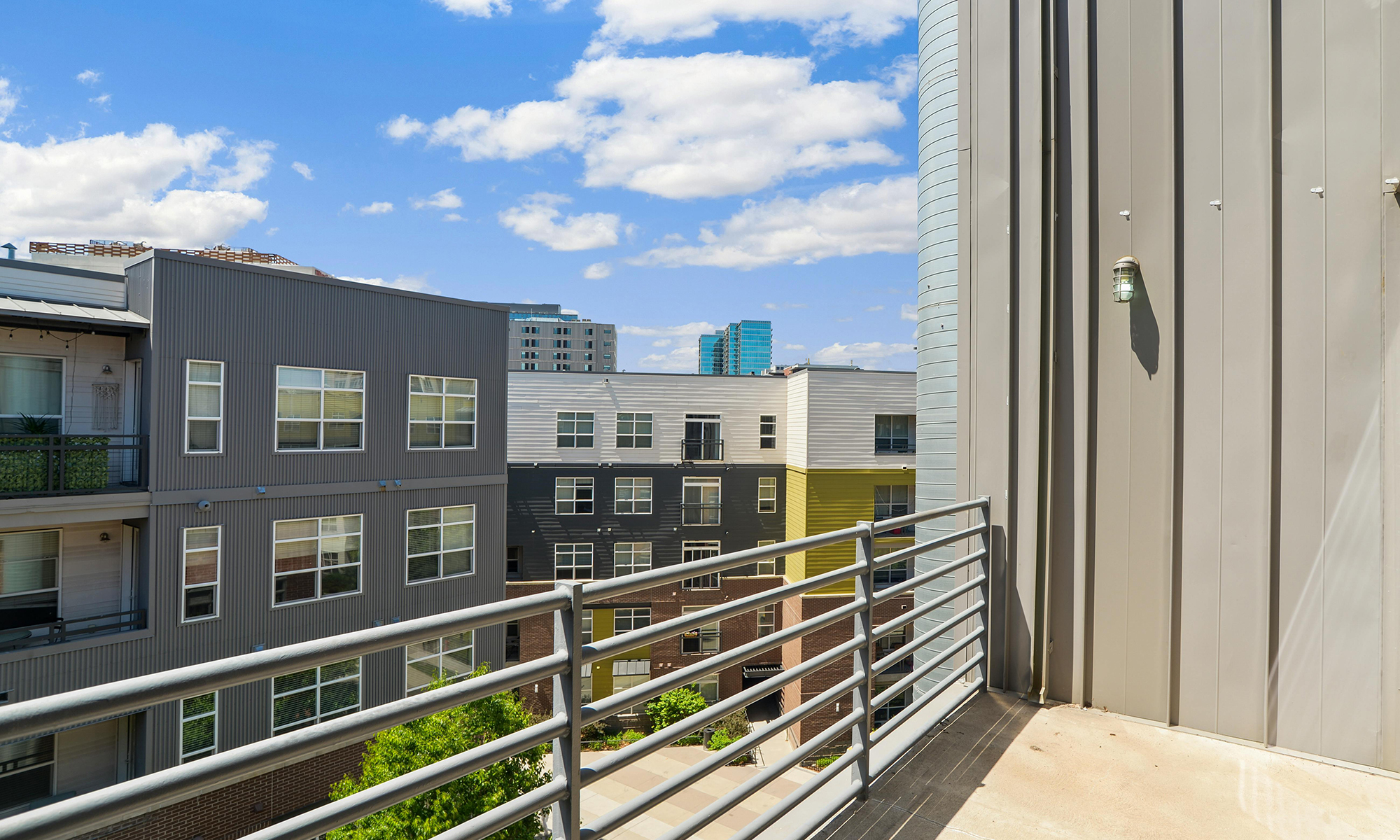

Blog
Applicants for any public funding for affordable housing must meet stringent energy efficiency targets. Learn more about the green building requirements.
The District Department of Housing and Community Development (DHCD) recently updated their Qualified Allocation Plan (QAP), which is required by the IRS for issuance of Federal Low-Income Housing Tax Credits (LIHTC), and their Request for Proposals (RFP), a companion piece that governs all other funds, both federal and local.
While there has been a large public focus on the $400 million increase in Housing Production Trust Fund announced by Mayor Bowser, another major development has been the change in green building requirements. DHCD is now requiring that all applicants for any public funding for affordable housing achieve more stringent energy efficiency targets.
For new construction projects 50,000 square feet or larger, buildings must meet Enterprise Green Communities (EGC) Plus certification. The Plus level requires deeper levels of energy efficiency by certifying with near zero or zero energy programs such as DOE’s Zero Energy Ready Homes (ZERH), Passive House International (PHI), or Passive House institute US (PHIUS) among other programs. Currently ZERH applies to projects five-stories or less, with an expanded multifamily version expected to be released for public comment in early 2022. EGC Plus certification also requires dehumidification strategies to address potential humidity concerns.
Rehabilitation projects in existing buildings 50,000 square feet and above applying for funding must be certified using the base-level 2020 Enterprise Green Communities (EGC) Criteria and pursue a Level 1 Accelerated Savings Recognition Alternative Compliance Pathway (ACP) option for compliance with DOEE’s Building Energy Performance Standards (BEPS). This translates into a minimum of 36% site EUI savings over its baseline, with the intent that this deeper energy savings requirement will help ensure that projects are in compliance with the BEPS throughout the initial LIHTC compliance period.
Projects larger than 10,000 square feet and less than 50,000 square feet will continue to need to meet base-level 2020 EGC Criteria or a substantially similar program.
Additionally, all projects must include solar panels or qualify as a Solar Ready Building.
These new minimum requirements establish just the basic eligibility to qualify for funding. There are an additional 15 points now available in the Resilient Building and Innovative Design section which includes strategies such as building electrification, mass-timber construction, enhanced stormwater retention, and universal design measures.
All told, the value of green building incentive points increased by six times in this year’s RFP.
Applications open October 15 and close on December 3. Another round of applications will be accepted, starting in February.
At Steven Winter Associates, we provide research, consulting, and advisory services to improve commercial, residential, and multifamily built environments for private and public sector clients. In addition to energy, sustainability, and accessibility consulting, we specialize in guiding our clients through green building certification programs, including EGC, PHIUS, and ZERH, as well as evaluating BEPS compliance options.
Andrea Foss